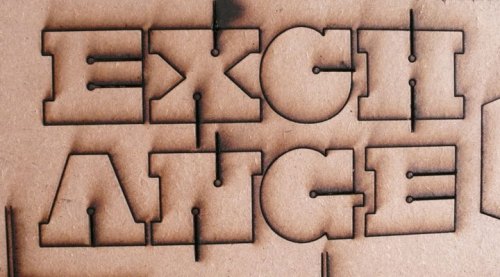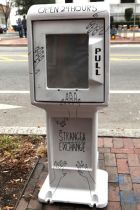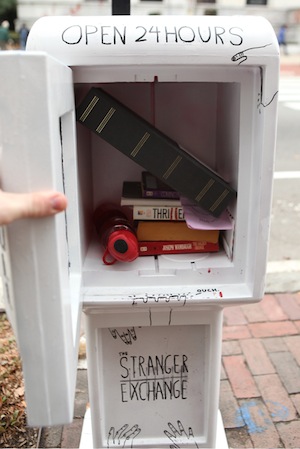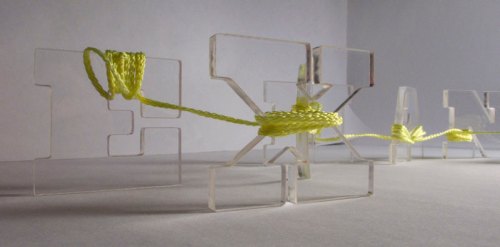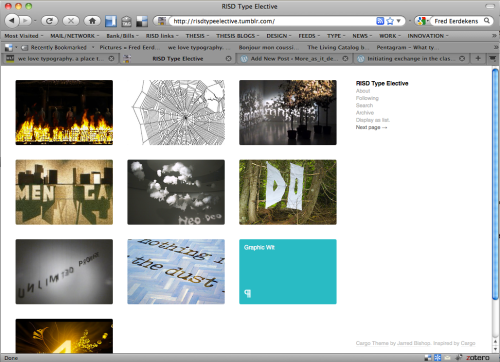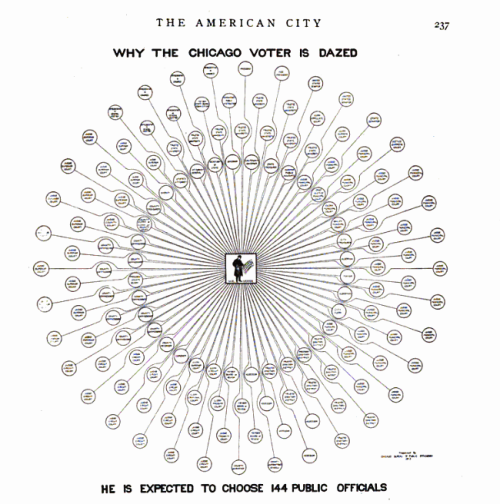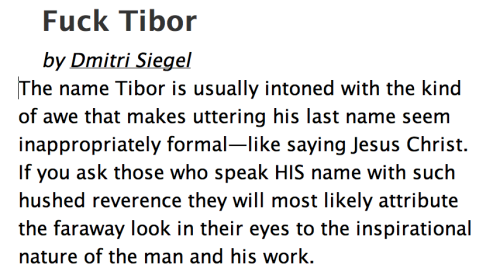

In the fall semester, I’ve spent a lot of time looking at into historical precedent for design for social causes. I am trying to learn the sides of the discourse for prominent social design moments like the First Things First Manifesto 2000, published in Emigre 51. It was a renewal of the original First Things First from 1964 by Ken Garland, but its signers and the way it was received was quite different from the original. [For more on the original, see Rick Poynor’s First Things First Revisited.]
Some have argued that there are names on the 2000 manifesto that surprise. Did they read the document before they signed it?
Michael Rock suggests in “Save Yourself” that among the signers, there were, “many with questionable social credentials.” In his response, he goes through the argument of the article that accompanied the manifesto, “Saving Advertising.” He refutes the assessment of the state of things presented and he questions the suggested responses. It’s a good read.
And I can’t say I disagree with the way he is responding to the well-meaning, but shallow-rooted attempts to do good things with our tools. It seems like everything is reminding me to know the history of the things that pique my interest. There are few new ideas. We may be new to the ideas, but they are not new to the world.
I’ve been looking through magazines from that time, Eye and Print so far, and have been unable to find other critiques of the FTF2000 manifesto.
If you know where to find letters to the editor or other responses, can you send those along please? Thanks.
,,,,,,,,,,,,,,,,,,,,,,,,,,,,,,,,,,,,,,,,,,,,,,,,,,,,,,,,,,,,,,,,,,,,,,,,,,,,
The intro to Rock’s essay “Save Yourself” is not shy…
“Sanctimony hit an all time high with the re-release of the First Things First manifesto in 1999. The public promise to stop being bad and start being good was quickly endorsed by all manner of advocates, many with questionable social credentials. Émigré published both the manifesto and a plaintive call for “Saving Advertising.” Were so many really convinced of their own diabolical leanings?
Save yourself.
If there was any worry that our vast design industry stockpiles of political naivete were dwindling, one need look no further than Émigré #53 for reassurance of their inexhaustible abundance. The feature article, Saving Advertising, coupled with the continuing responses to First Things First manifesto, stand as testimony to the ascendancy of over-simplification and the decline of nuance.”

